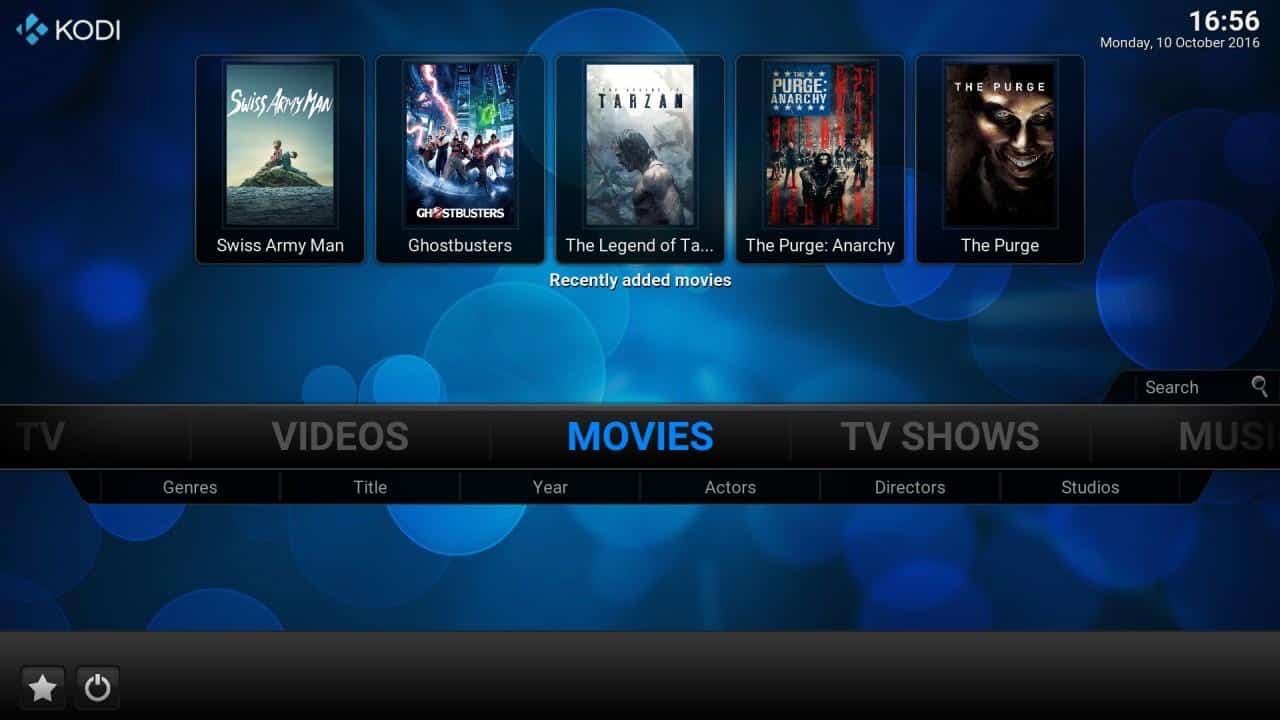

DOWNLOAD ROMANIA LIVE TV KODI SOFTWARE
The term IPTV first appeared in 1995 with the founding of Precept Software by Judith Estrin and Bill Carrico. The combination of DCT and ADSL technologies made it possible to practically implement VOD services at around 2 Mbps bandwidth in the 1990s.

ADSL increased the bandwidth of a telephone line from around 100 kbps to 2 Mbps, while DCT compression reduced the required bandwidth of a digital television signal from around 200 Mbps down to about 2 Mbps.

Motion-compensated DCT video compression significantly reduced the amount of bandwidth required for a television signal, while at the same time ADSL increased the bandwidth of data that could be sent over a copper telephone wire. DCT is a lossy compression technique that was first proposed by Nasir Ahmed in 1972, and was later adapted into a motion-compensated DCT algorithm for video coding standards such as the H.26x formats from 1988 onwards and the MPEG formats from 1991 onwards. VOD services were only made possible as a result of two major technological developments: discrete cosine transform (DCT) video compression and asymmetric digital subscriber line (ADSL) data transmission. Up until the early 1990s, it was not thought possible that a television programme could be squeezed into the limited telecommunication bandwidth of a copper telephone cable to provide a video-on-demand (VOD) television service of acceptable quality, as the required bandwidth of a digital television signal was around 200 Mbps, which was 2,000 times greater than the bandwidth of a speech signal over a copper telephone wire. In contrast to video over the public Internet, with IPTV deployments, network security and performance are tightly managed to ensure a superior entertainment experience, resulting in a compelling business environment for content providers, advertisers and customers alike. These services are delivered across an access agnostic, packet switched network that employs the IP protocol to transport the audio, video and control signals. These services may include, for example, Live TV, Video On Demand (VOD) and Interactive TV (iTV). IPTV is defined as the secure and reliable delivery to subscribers of entertainment video and related services. Īnother definition of IPTV, relating to the telecommunications industry, is the one given by Alliance for Telecommunications Industry Solutions (ATIS) IPTV Exploratory Group in 2005: IPTV is defined as multimedia services such as television/video/audio/text/graphics/data delivered over IP based networks managed to provide the required level of quality of service and experience, security, interactivity and reliability. One official definition approved by the International Telecommunication Union focus group on IPTV (ITU-T FG IPTV) is: Historically, many different definitions of IPTV have appeared, including elementary streams over IP networks, MPEG transport streams over IP networks and a number of proprietary systems.


 0 kommentar(er)
0 kommentar(er)
